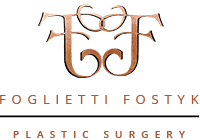
Depending on the type of treatment required, stem cells can be injected through veins, arteries, into spinal fluid, subcutaneously, or directly into joints or organs. All of these are considered minimally invasive methods of introducing the stem cells. Stem cells injected intravenously are known to seek out and find (see photo) areas of tissue damage and migrate to that location thus potentially providing regenerative healing. Intravenously injected stem cells have been shown to have the capability of crossing the blood-brain barrier to enter the central nervous system and they can be identified in the patient’s body many months after deployment. Note yellow arrow showing the stem cells concentrated in the patient’s hand where he had a Dupytren’s contracture (Dupuytren’s contracture is a hand deformity that causes the tissue beneath the surface of the hand to thicken and contract).


